Why We Need Your Letters ofSupport!
Help us fund the TJ Atchison Spinal Cord Injury Research Act - you can make adifference in the research for cure by writing a letter of support to yourlocal representative.
Senator Marc Keahey is the authorof the TJ Atchison Spinal Cord Injury Research Act. He will face the budgetbattles, and political debates of why this research is necessary in Alabama. Wemust not let him fight empty-handed.
He needs letters of support fromAlabamians, and also from affected individuals and groups from everywhere—paralysis knows noboundaries. Follow this link http://www.legislature.state.al.us/to search for your representative by zip code. We ask your help.Here is a sample letter, use all or some of it, if you like, or write your owncompletely. Please write something, and do it soon, please: the 2012Legislative Session begins tomorrow, February 7th. Emailsand ground letters must go out very soon, tonight if possible. Thank you forsupporting the TJ Atchison Spinal Cord Injury Research Act.

Robert M. Veatch is the director and Professor of Medical Ethics at the Kennedy Institute of  Ethics. His new book, Patient, Heal Thyself: How the New Medicine Puts the Patient in Charge, uses a range of fascinating contemporary and historical examples to reveal how values underlie almost all medical procedures. He makes a strong case that patients must take a more active role in their treatments, so that their values are met. In the excerpt below Veatch uses the example of a broken arm to demonstrate value judgments in treatment.
Ethics. His new book, Patient, Heal Thyself: How the New Medicine Puts the Patient in Charge, uses a range of fascinating contemporary and historical examples to reveal how values underlie almost all medical procedures. He makes a strong case that patients must take a more active role in their treatments, so that their values are met. In the excerpt below Veatch uses the example of a broken arm to demonstrate value judgments in treatment.
Phil was a sophomore in his state’s premier university in a city some hundred miles from his home. Playing “severe Frisbee” one fall afternoon, he dove for the dis and landed on his right wrist. He knew instantly that it was broken. His buddies drove him to the school clinic, where the arm was set. In a few weeks he was as good as new - almost.
The arm was left with a slight distortion that concerned the orthopedist but did n ot appear to require surgical correction. The next summer when Phil was skating at a roller rink with his friends, he fell on the arm and rebroke it. This time the orthopedic surgeon said pins would have to be placed to reconstruct the bone. The surgery was uneventful. The surgeon instructed Phil and his parents that he would have to return for the removal of the pins in about a year when the bone was mended.
The following summer the procedure was scheduled for Phil as an outpatient. Everything went fine. His now-screwless arm was placed once again in a cast so the screw holes could mend.
In the conversation with Phil and his parents after the successful events, the surgeon made a statement that was rather remarkable, even though neither he nor Phil as first realized all its implications. He said, “Most surgeons would leave this cast on for about seven weeks, but I found that if you are careful, I can remove it in about four weeks, so schedule an appointment in a month and we’ll get if off.”
Phil and his parents here encounter an amazing array of value judgments made by the surgeon. Pass over all the judgments not to place the pins after the first break and to place them after the second. Forget about the techniques used in setting the arm each time, the type of surgery, the anesthesia, the decision to remove the pins after a year. There is no reason to doubt that each of these decisions easily conformed to the practices of orthopedic surgeons. Of course, they all involved value judgments, but they were judgments that would probably lead to little controversy. Let’s focus on the decision about when the cast should be removed.
First, the surgeon says something very controversial. He announces to his patient what the standard practice is for removing the cast: His colleagues generally removed it after several weeks. He then tells Phil and his parents that he was going to depart from the standard practice - an announcement that surely would have alarmed the surgeon’s lawyer had he heard it. Practitioners of modern medicine might be concerned as well. Modern medicine assumes that there is a correct number of weeks to leave a cast on in these circumstances and that a consensus among orthopedists is good (if not perfect) evidence of how many weeks that is. In the days of modern medicine, Phil would have been left wondering why he should go with his surgeon’s four-week plan rather than the consensus seven. Some might even say that the surgeon has not only made a mistake, but foolishly announced the error to the patient.
The new medicine sees the situation differently. Phil’s surgeon doesn’t actually give Phil a clear reason for this deviation, but we can perhaps deduce it. He says that if Phil is careful, he can have the cast removed three weeks earlier. It appears that the surgeon assumes that wearing a cast is an unpleasant experience, so removing it early is a good thing. Likewise, one might guess that the surgeon believes it is not a terribly onerous task to be careful.
It now becomes clear that there is no objectively correct number of weeks to leave the cast on the arm for this kind of surgery. The more cast-averse one is and the more comfortable one is trying to be careful, the earlier the cast should come off. On the other hand, for those who live an active life, are nervous about having to avoid the risk of injury of the unprotected arm, and are not particularly troubled by the cast, a longer period is surely the right answer…
…Something as utterly trivial and devoid of moral controversy as when to remove a cast turns out to depend on the value trade-offs of the one making the choice. Phil’s surgeon is not making a clear-cut mistake when he deviates from the standard of practice. If the surgeon is really averse to the cast and really uncomfortable with one on his arm, then he is rationally inclined to get it off earlier. For him, four weeks may be just the right time (even though his colleagues have made the value trade-off in a way that leads to the seven-week period). It is not irrational for the surgeon to favor a shortened time for removing the cast, even if he knows his colleagues choose seven weeks and even if he agrees completely with them on all of the relevant facts.
The problem, however, is that it is not the surgeon’s arm that is in the cast. It’s Phil’s. Discovering that the decision about when to remove a cast is a value judgment takes it away from the consensus standard of practice of the surgeon’s colleagues, but, logical, it also takes it away from the surgeon. If a value trade-off must be made between the nuisance of the cast and the nuisance of being careful without it, it should be Phil’s values that get traded off, not those of his surgeon or those of surgeons in general.
If this is right, then we reach a remarkable conclusion: Neither Phil’s surgeon nor the community of competent orthopedic surgeons can know when is the right time to remove Phil’s cast. In fact, we can no longer talk about an such thing as an all-purpose, generic correct time.



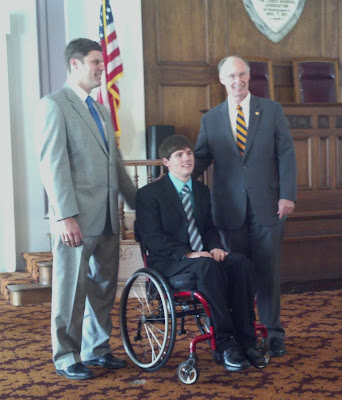.jpg)
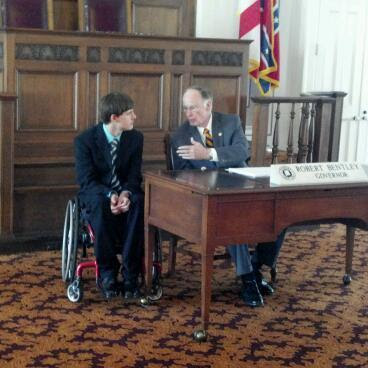.jpg)
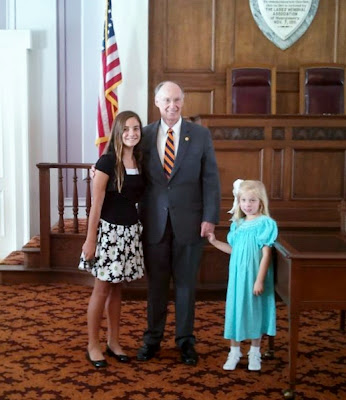.jpg)

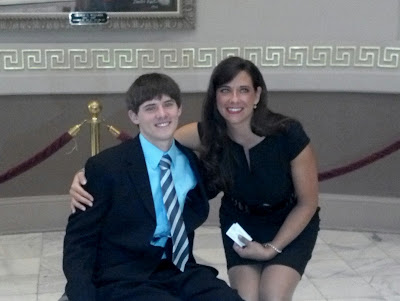.jpg)
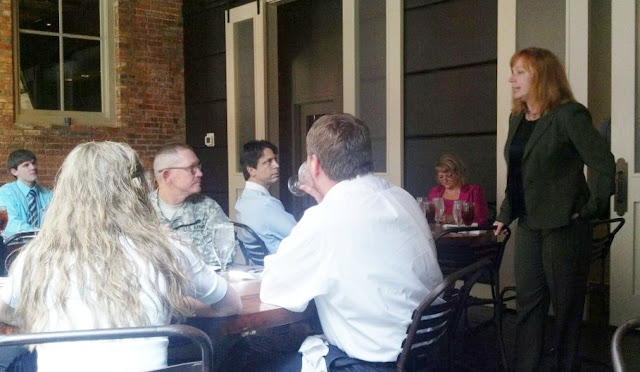.jpg)


